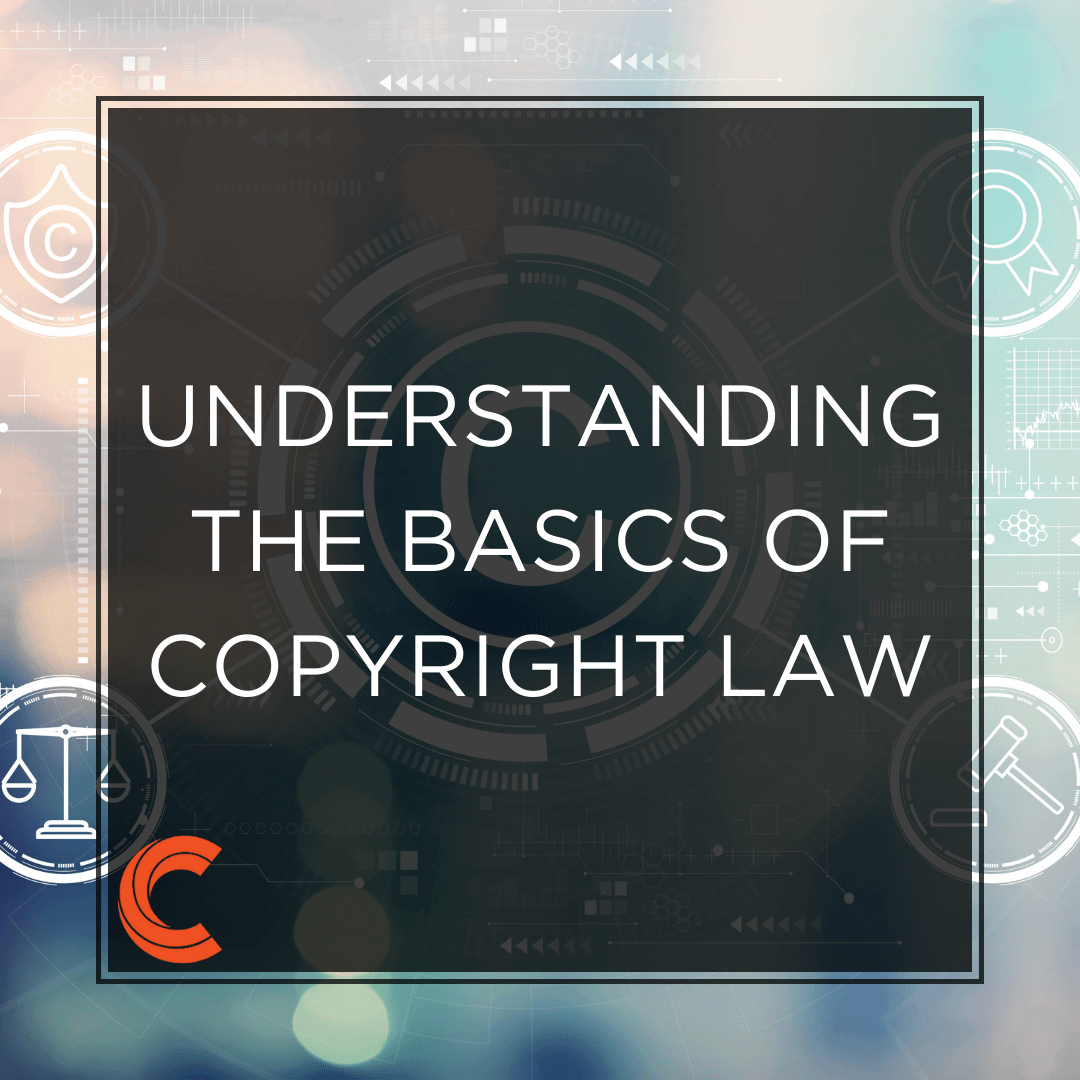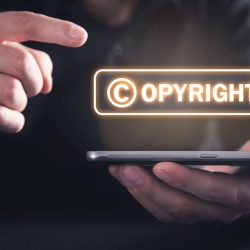In today’s digital age, content creation is booming. From bloggers and YouTubers to musicians and photographers, individuals are generating a wealth of creative work. But how do you ensure you protect your creative efforts? Copyright law provides a legal framework safeguarding the original works you create. Understanding the basics of copyright empowers you to protect your content and reap the rewards of your creativity.
What Does Copyright Protect?
It protects original works of authorship in a tangible form. This includes:
- Literary works: Written content like books, articles, blog posts, and scripts.
- Artistic works: Paintings, sculptures, photographs, graphic designs, and illustrations.
- Musical works: Original musical compositions, lyrics, and recordings.
- Audiovisual works: Movies, videos, and television shows.
- Computer software: Source code and user interfaces.
What Copyright Doesn’t Protect
Copyright doesn’t protect ideas, facts, or common phrases. It also doesn’t protect titles, slogans, or names. The unique expression of those ideas is what it protects.
Benefits of Copyright Protection
Copyrights grant creators exclusive rights to their work, including:
- Reproduction: The right to control who can copy or duplicate your work.
- Distribution: The right to control how you distribute or sell your work.
- Derivation: The right to control who can create derivative works based on your original work.
- Public Performance: The right to control how your work is publicly performed or displayed.
- Digital Rights Management (DRM): The right to control the electronic distribution of your work.
Copyright Ownership and Registration
In most countries, copyright ownership is automatic upon creation of the original work. You do not require formal registration for basic protection. However, registering with the appropriate government agency can strengthen your legal position in case of infringement.
Fair Use Doctrine
The “fair use” doctrine allows limited use of copyrighted material without permission for purposes like criticism, commentary, news reporting, teaching, scholarship, or research. Fair use considers factors such as the purpose and character of the use, the nature of the work, the amount and substantiality of the portion used, and the effect of the use upon the potential market.
Protecting Your Content With A Copyright
Here are some tips to protect your content:
- Include a copyright notice: Add a notice to your work containing the symbol (©), the year of creation, and your name or the name of your copyright holder.
- Consider registering your copyright: Registering provides additional legal benefits, such as the ability to sue for statutory damages in case of infringement.
- Use Creative Commons licenses: These licenses allow you to control how others can use your work while reserving some rights.
- Track your content online: Use tools to monitor where your content appears online and address potential infringement.
Seek Legal Guidance
If you have questions about copyright law or need assistance protecting your content, consulting with a lawyer specializing in intellectual property law is recommended. Lawyers like those at Carbon Law Group can provide specific guidance based on your unique situation and help you enforce your copyright rights if necessary.
Conclusion
Copyright law empowers content creators to safeguard their work and control its use. By understanding the basics of copyright and taking steps to protect your content, you can ensure your creative efforts are recognized and valued. Remember, seeking legal advice can be highly beneficial for understanding specific issues and ensuring your rights are protected.





